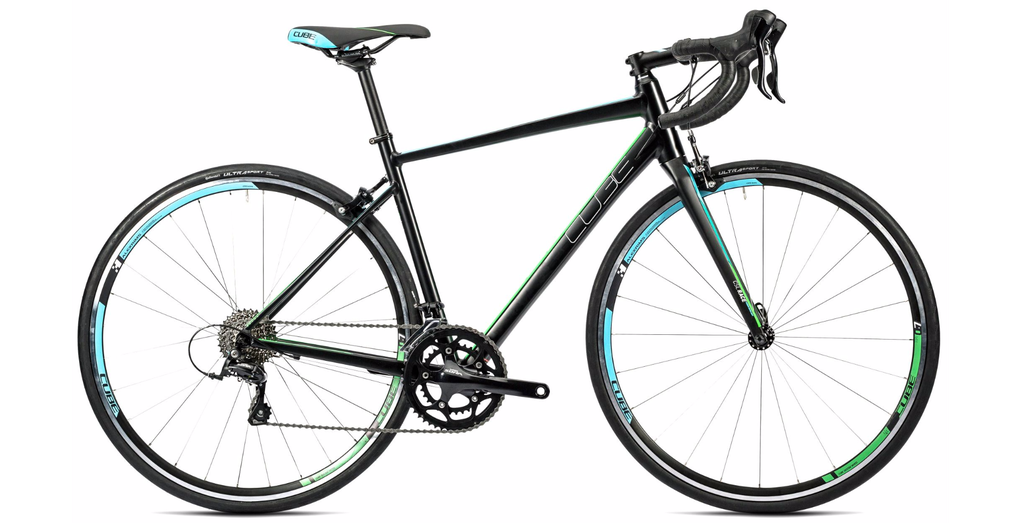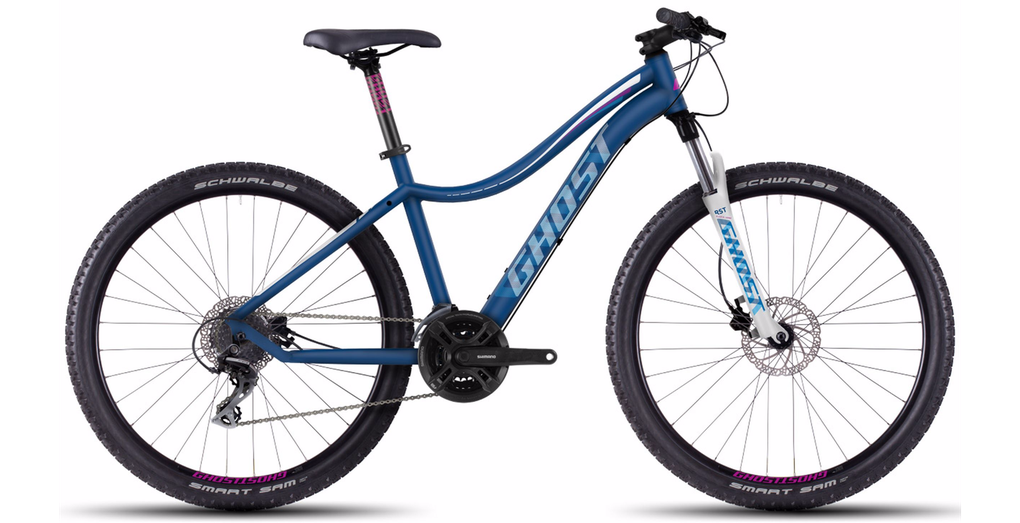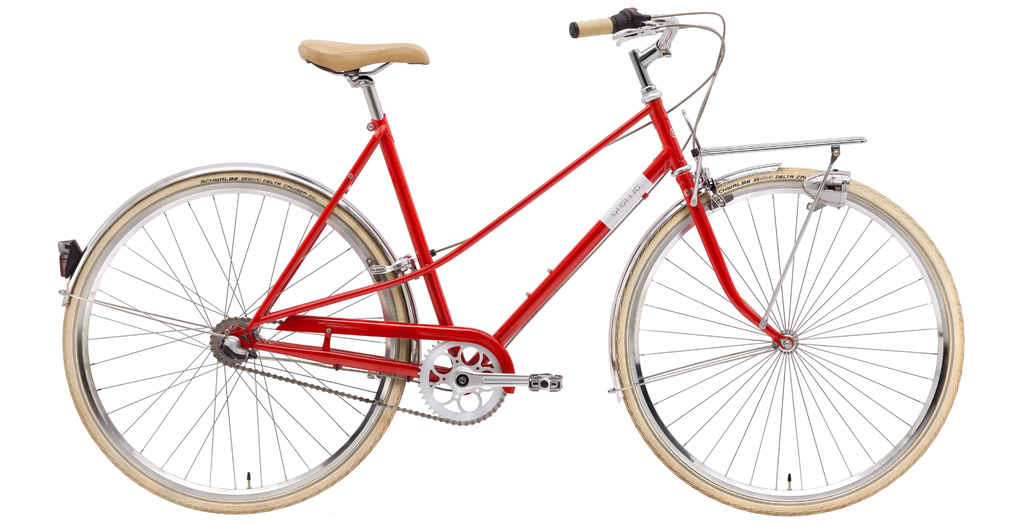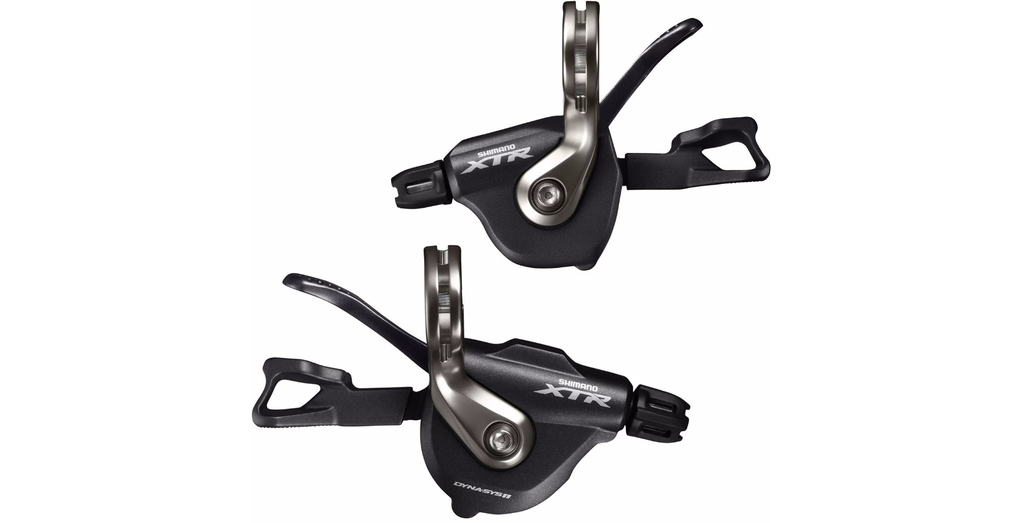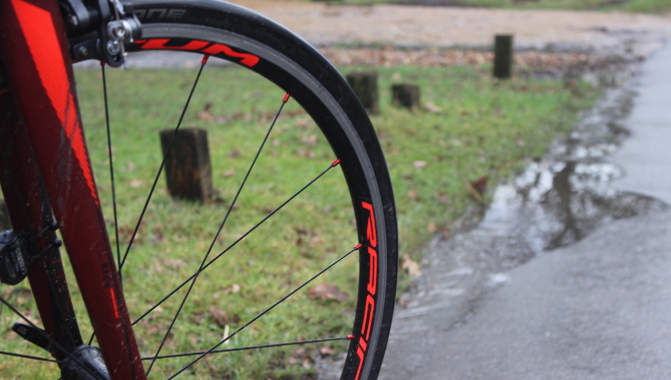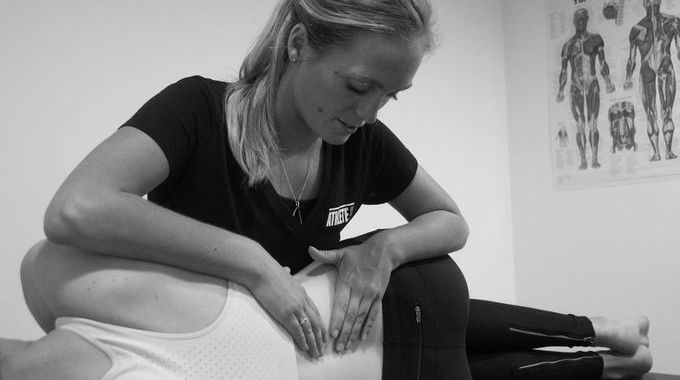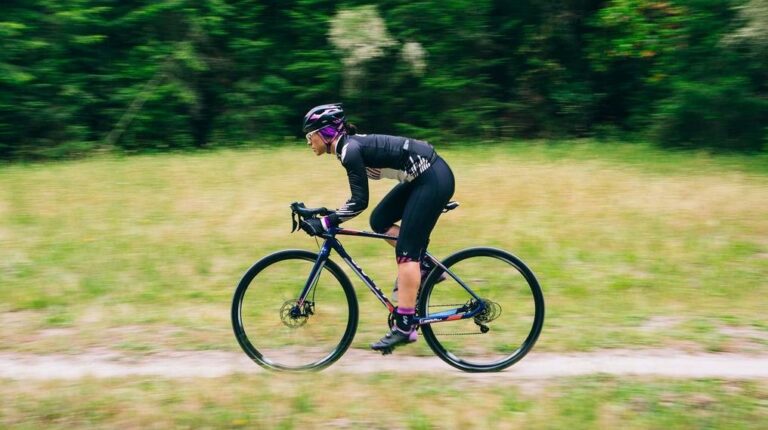Summer is pretty much the biggest season for new bike buying. That much is hardly surprising – the evenings are lighter, days are brighter, and that means people are suddenly more inclined to get out on their bikes.
The average new bike buyer spends a couple of months pondering over which machine to go for, and we completely understand why. The perfect bike could be your companion for years to come, whilst going for the wrong machine could spell a very quick end to your love affair with cycling, and a permanent home in the shed for your new wheels.
With a little guidance, however, you can speed up the bike buying process. We’ve teamed up with Chain Reaction Cycles, who now have a dedicated women’s hub to make finding women’s products easier, to bring you a guide to your first bike purchase…
What style of bike do you need?
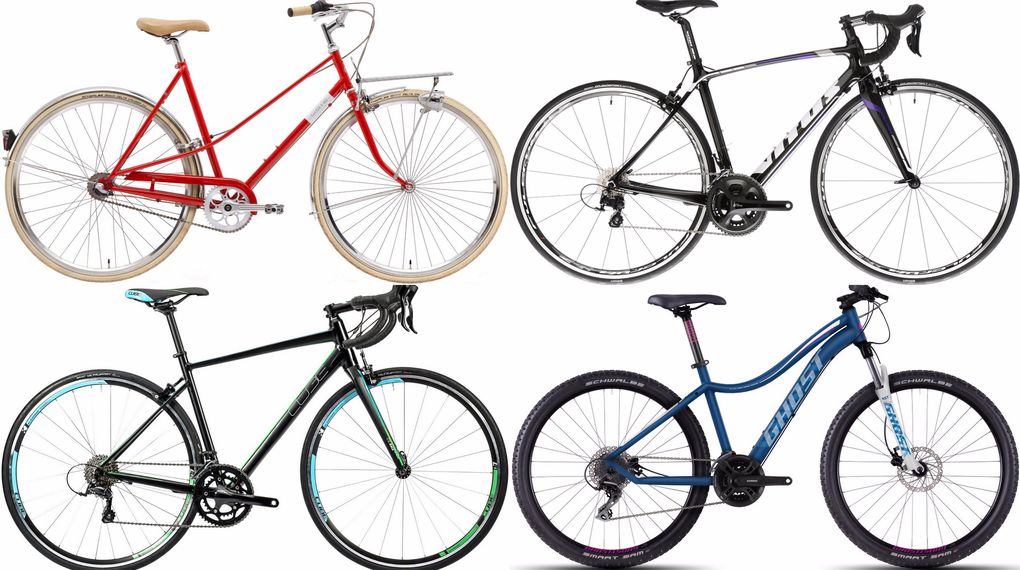
This is the place to start. There’s a myriad of different styles of bike, and they’re all designed to fit certain disciplines.
Frames and components vary to cater for different road surfaces, luggage requirements, attitudes and levels of performance, as well as wallet sizes. You need to consider what sort of riding you plan to do, then choose a style of bike that suits your needs.


